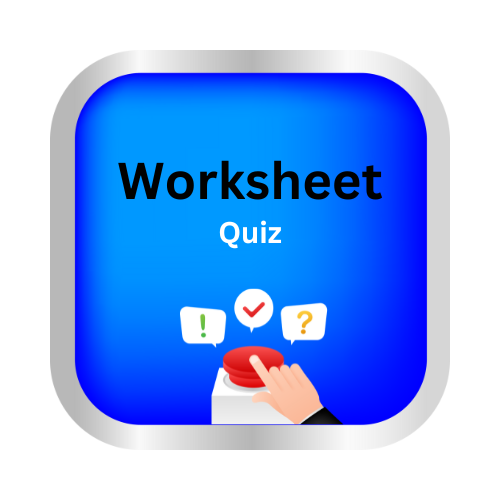Air Has Weight
Key Notes:
1. Air is Matter: Air is made up of tiny particles called molecules. Even though air may seem invisible, it is a form of matter.
2. Molecules in Motion: These air molecules are constantly moving, colliding with each other and with objects. This motion is what we feel as wind.
3. Gravity’s Role: Just like any other matter, air is affected by gravity. Gravity is the force that pulls everything with mass towards the center of the Earth.
4. Weight Definition: Weight is the force with which an object is pulled toward the Earth due to gravity. So, if something has weight, it is being pulled down by gravity.
5. Air Has Weight: Since air is made up of matter and is influenced by gravity, it also has weight. The weight of the air above us pushes down on everything on the Earth’s surface.
6. Measuring Air Pressure: The weight of the air is what creates atmospheric pressure. Scientists use tools like barometers to measure this pressure.
7. Varying Air Pressure: Air pressure can change due to weather conditions. High-pressure systems are associated with fair weather, while low-pressure systems often bring storms.
8. Balancing Act: Air pressure is balanced and exerted evenly in all directions. This is why we don’t feel the weight of the air because it exerts equal force from all sides.
9. Applications: Understanding that air has weight is important in various fields, from meteorology to engineering. It helps us design structures that can withstand air pressure and study weather patterns.
10. Everyday Examples: Some everyday examples of air having weight include the fact that a bicycle tire needs air to support the weight of the rider, and we need to pump air into car tires to keep them properly inflated.
Learn with example
Ballon experiment:

- Inflate the two balloons until they are equal in size and tie them off. Attach a piece of string to each balloon.
- Then, attach the other end of each of the strings to the opposite ends of the ruler. …
- Puncture one of the balloons with the needle (or another sharp object) and observe the results.
Let’s practice!

